Feng Shui Design School: Interview with Nick Sunderland
In our conversation with Nick Sunderland, he unveils how he intricately weaves Feng Shui’s core principles and traditional schools with contemporary design to foster spaces that exude balance, beauty, and well-being.
We were excited to learn that Nick is extending his deep-rooted knowledge through a newly launched course, offering designers and architects a unique opportunity to explore Feng Shui’s practical applications in modern design, alongside engaging in speaking opportunities to share his rich insights and experiences. This initiative showcases his commitment to the craft and opens new avenues for professionals to enrich their designs with Feng Shui’s timeless wisdom.
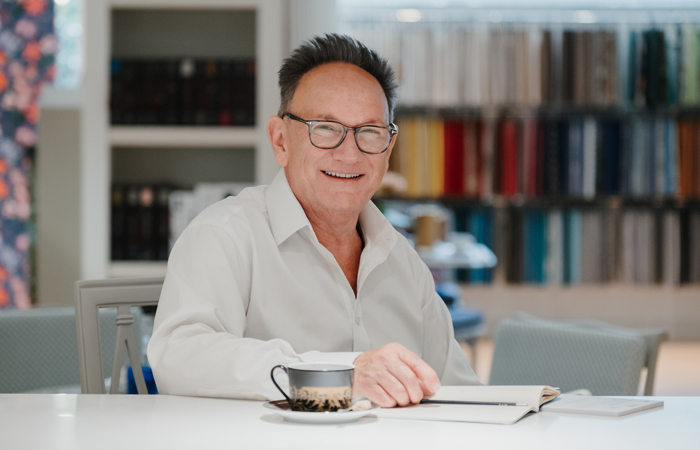
Nick Sunderland Interior Feng Shui Designer
Can you introduce yourself and share how your journey in Feng Shui began, especially focusing on your transition from an award-winning interior designer to a leading expert in Feng Shui over the last 32 years?
With a background in Graphic Design and Marketing it was during my time in publishing in 1993 I got hooked on Feng Shui whilst training as an Interior Designer. I felt it worked for me but it was only when I Joined Feng Shui For Modern Living, an interior design magazine based on Feng Shui that I realised I knew little, but wanted more. I spent time in Malaysia training as well as the UK over many years and instinctively it was incorporated into my Interior designs, at every level through nsinteriors.com.
What motivated you to incorporate Feng Shui into your interior design and architecture projects, and how does it enhance the spaces you create?
The concept of Feng Shui is all about wellbeing and health. Many think its wealth and success but it’s more than that. I worked out a principal that enhanced my designs utilising the 5 elements and working with colour shape and texture. It was a natural choice when deciding on furniture shapes, fabrics and texture as well as colour to balance or enhance, the choices creating a calm or invigorating with meaning, not just decorative use.
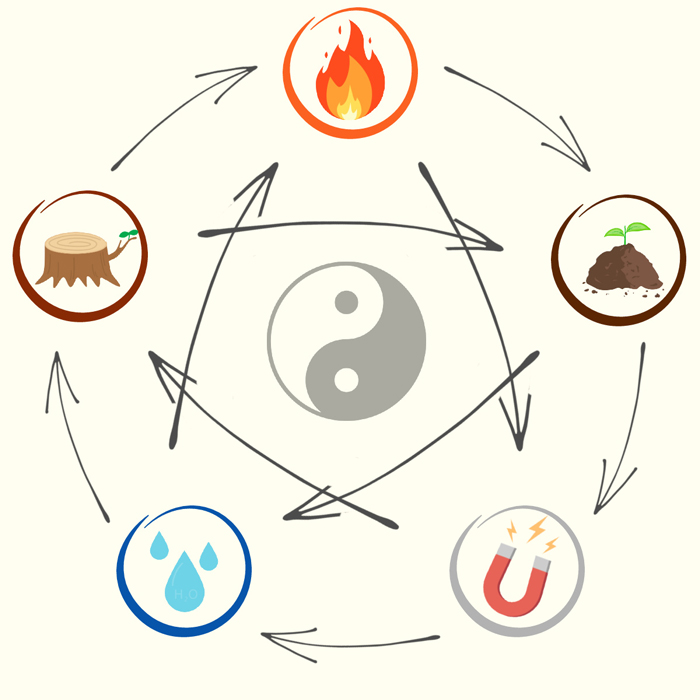
The 5 elements are the practical application in all design
Could you explain the importance of Traditional Schools of Feng Shui, such as the Landscape Form School and Compass School, and their relevance in today’s design practices?
The traditional schools were created to enhance the farming skills of the Chinese over 5000 years ago. Where you planted crops was important for health and wealth of the farmers and this developed into Landscape, or Form (of the land) school. The advance culture understood the compass and in time used this to accurately know the direction of the facing land, South, as its most important direction, not just a setting sun. This form and compass transgressed into the home as the outside importance became the inside design for a family who wanted the success of the farm in their home life. This became Feng Shui, and its this direction success that plays a large part in the skills of Feng Shui in Interior Design. It’s about balance and energy for the individual not just the property. Light, space and health draw on good energy entering the home, and internal layout became important just as important as it is today.
How do principles like clutter clearing, the importance of senses, and the 5 Elements contribute to creating spaces that not only look good but feel good, enhancing occupants’ well-being?
Clutter is a modern day problem. Society has more than they need and nowhere to put it all. Energy, Chi, needs to flow to prevent air stagnating. An open clear space is an open mind and with a sense of space comes a sense of wellbeing, peace and tranquillity, that clutter blocks. This improves the senses overall and we all feel better when the air feels clean. I incorporate storage in all my projects and it plays a leading role in the feel good factor of a design creating a sense of space as well as actual space. It’s not minimalism its balance. The five elements of Wood, fire, earth, metal and water all play a role in enhancing chi and creating a design with these elements, shapes and colours as an interior designer would naturally work with, but in a totally different way
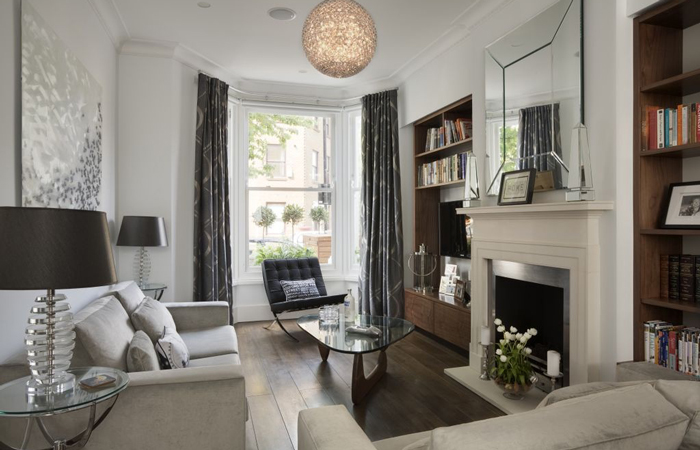
Essential training using colour shapes and textures form the basis of the course
Integrating Feng Shui into modern interior design and architecture can be challenging. Can you share how you’ve managed to blend these ancient principles with contemporary design concepts and aesthetics?
It was quite simple for me to integrate this into the design as its all about shape texture, colour and material. You can use this for traditional or contemporary design, even period design. The secret is in the use of the compass, the directions you face and live or work in, and choosing according to these ideas. A sofa with a particular shape, fabric colour and texture are all part of it. My design style didn’t change, but the choice did, creating modern contemporary designs in a more subtle way according to the client brief. Sustainability in choice is now as important as it was centuries ago, if not more so. It helps negate bad energy by utilising natural products and sources.
With an interest in spreading the knowledge of Feng Shui, you’ve developed a course tailored for designers and architects. Can you provide details on what this course covers, the structure of the one and two-day schools, and how individuals can register to attend?
The system is something I’ve naturally developed over the years and decided to share this knowledge in a very simple course over a single day. The 2 day course goes into more depth for those who want to understand the history and deeper insight into Feng Shui. Both courses will teach the designer the intermediate knowledge they require with practical applications. It will cover basic history and applications plus current choice of fabrics furniture, design layouts.
I will teach amongst other subjects, form school, personal directions, 5 elements, designing with these elements, furniture shapes, materials and positions. I’m not teaching how to design, but how to choose. Their style won’t necessarily change but there will be subtle changes that the client will see, and feel. By emailing nick@nsinteriors.com as asking to join, ill arrange payment details and book your space. Credit cards also accepted.
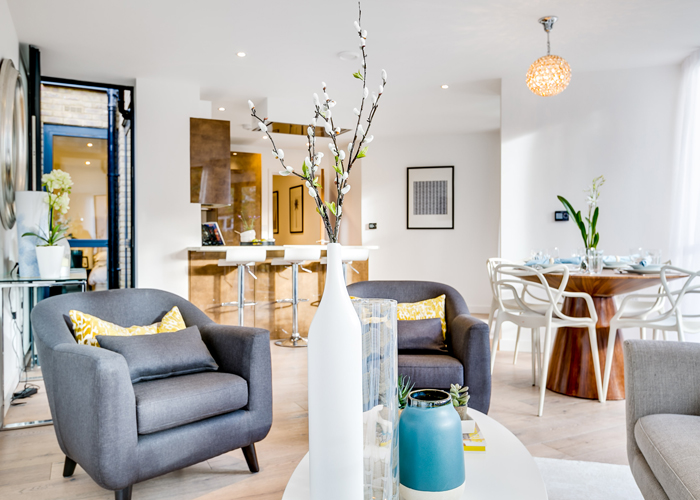
Contemporary lighting and bespoke cabinets enhance the Feng Shui
After completing your course, how do you envision participants applying Feng Shui principles in their design projects? Are there any success stories from past partnerships or collaborations you can share?
I would hope after the course they start to integrate the design system gradually into their creations so it becomes an instinctive process, and want to learn more. They will need to engage perhaps more with the client, but not necessarily tell them they are incorporating Feng Shui into the design. One thing that’s clear, you don’t have to believe in Feng Shui for it to work.
I’d be happy to share a few recent success stories:
A client back in 2016 came back to me last month and asked me to design their new property. He said “I don’t know what you did, but we sold our house in 10 days and everyone loved it! Please do the new home”
A former Prime Minister in need of a calm and relaxed space hired me for all her properties, they were a haven in adversity.
A property we bought to develop for £650K once complete and incorporating Feng Shui, we sold for 3 x the purchase price, in record time.
A client in South London with a very stressful job and always anxious, found peace and harmony in his Feng Shui renovation confidently moved job and is more content than he has been in a very long time.
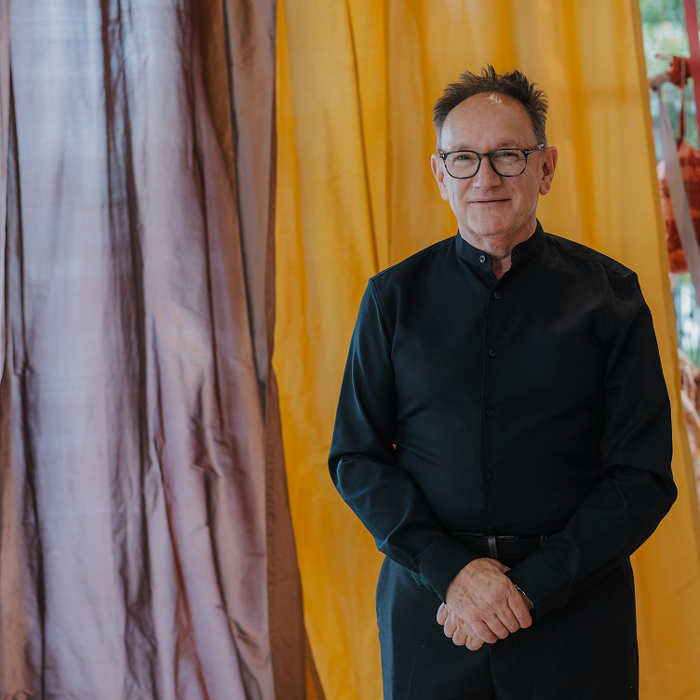
Future courses will be organised around the country
Beyond this course, are there other opportunities for individuals to engage with your work or learn more about Feng Shui and interior design?
I will be creating a more advanced course for later on, but it’s important to understand this first or the knowledge will be confusing. It’s how I learnt over the years so the designers and architects will have a fast track insight into Feng Shui and Interior Design. I’m not here to dictate a design style, but to direct the designer in a different way of choosing . I can teach so much more, Commercial Feng Shui, Hospitality and business in more depth, but little by little builds the knowledge. I’m always here to answer questions as they progress, and with personal consultations, the knowledge will grow. I’m also on Social Media to answer any questions. Regular Blogs will give insight into current trends and new launches, and where they sit in a feng shui analysis.





